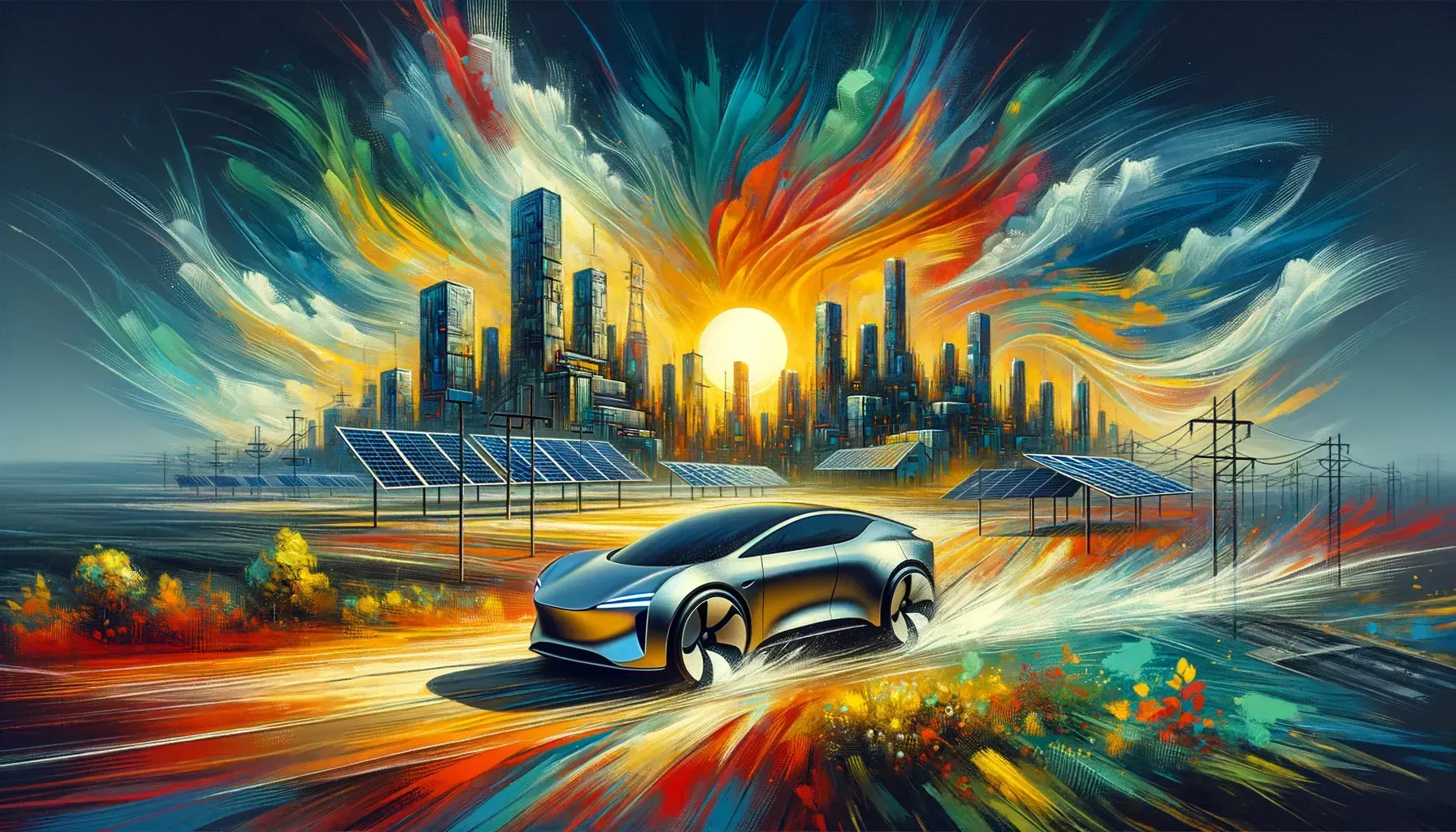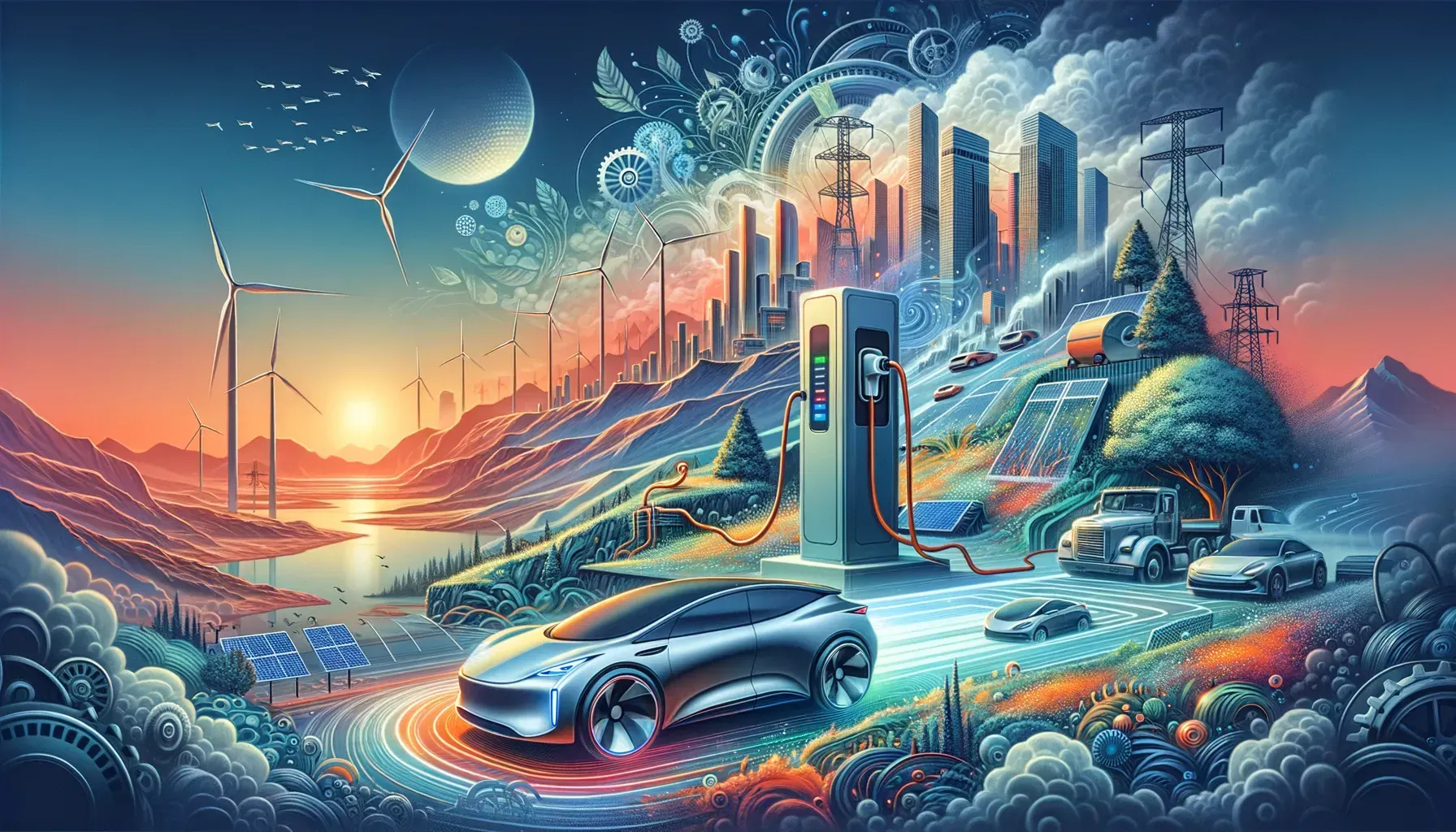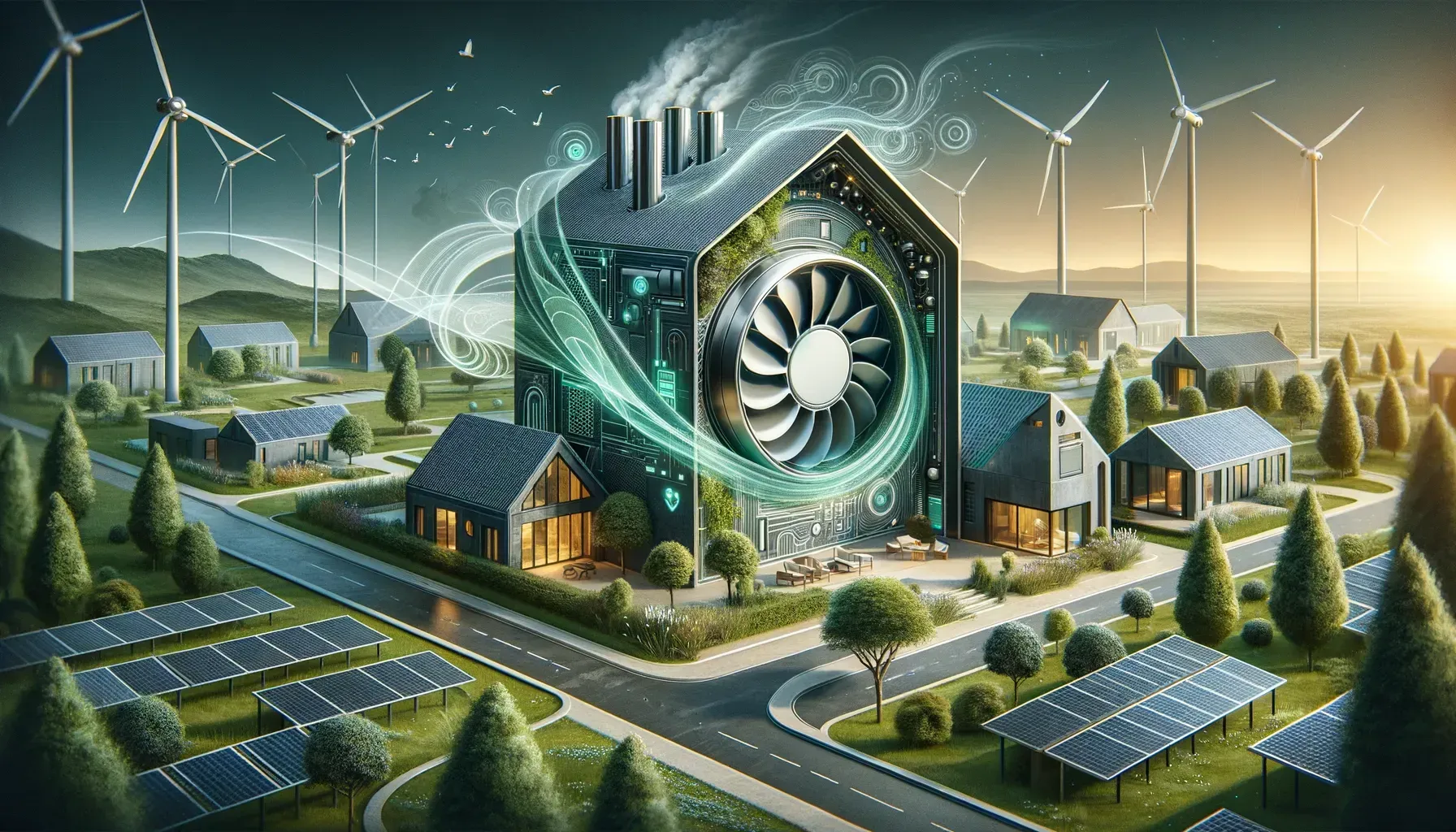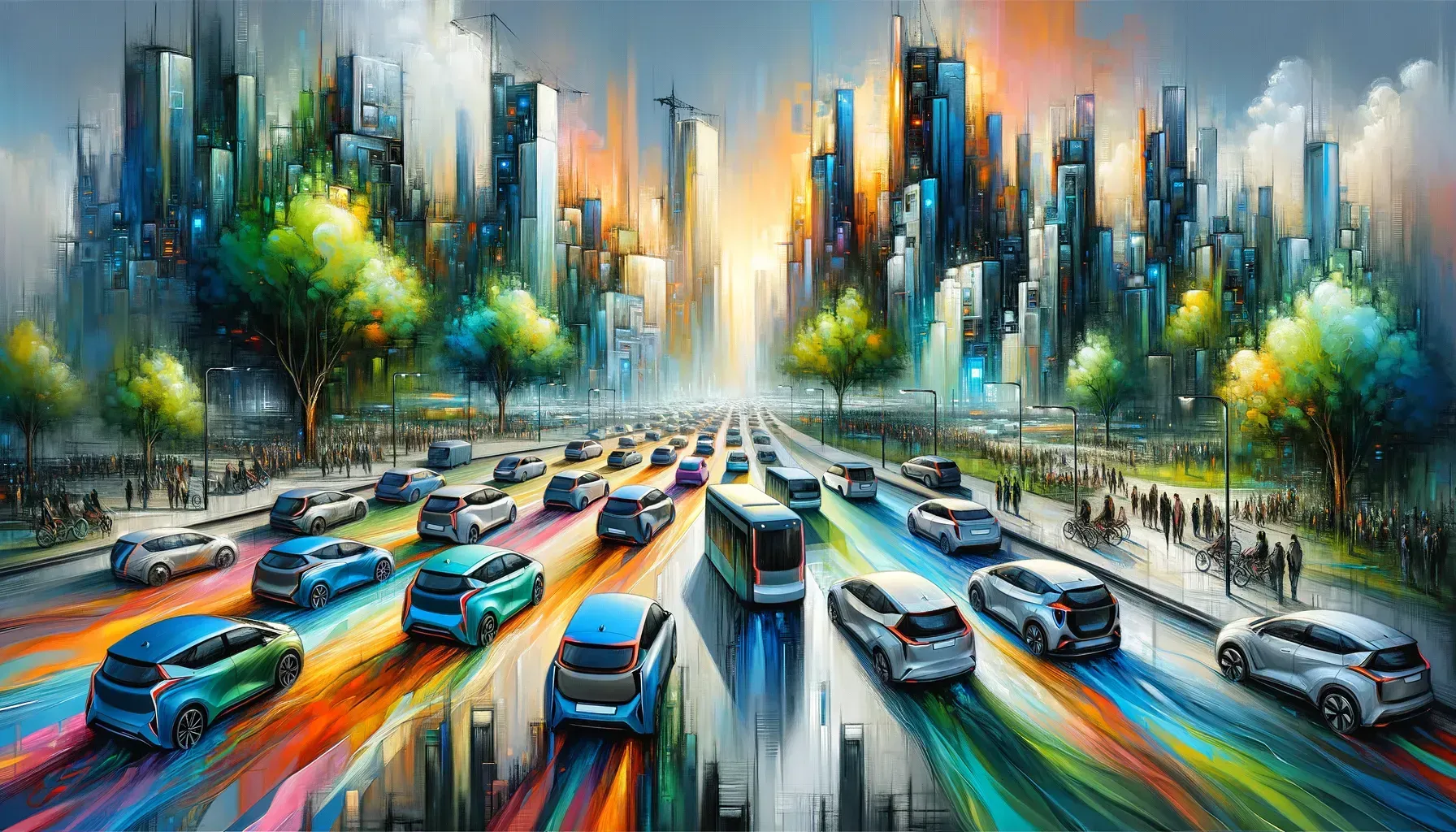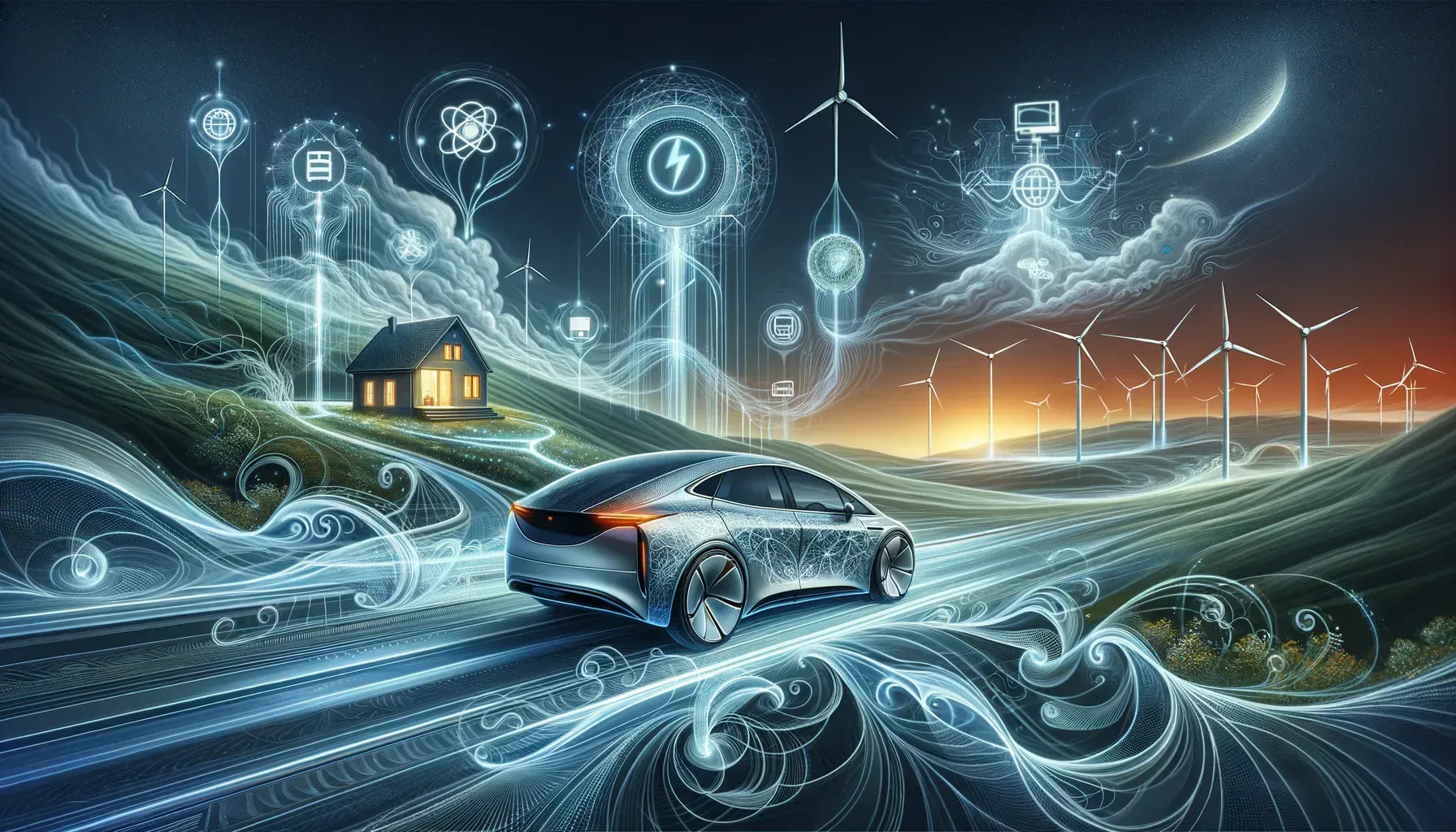Can Cities Really Become Giant Batteries? Exploring 2025's Urban Energy Revolution
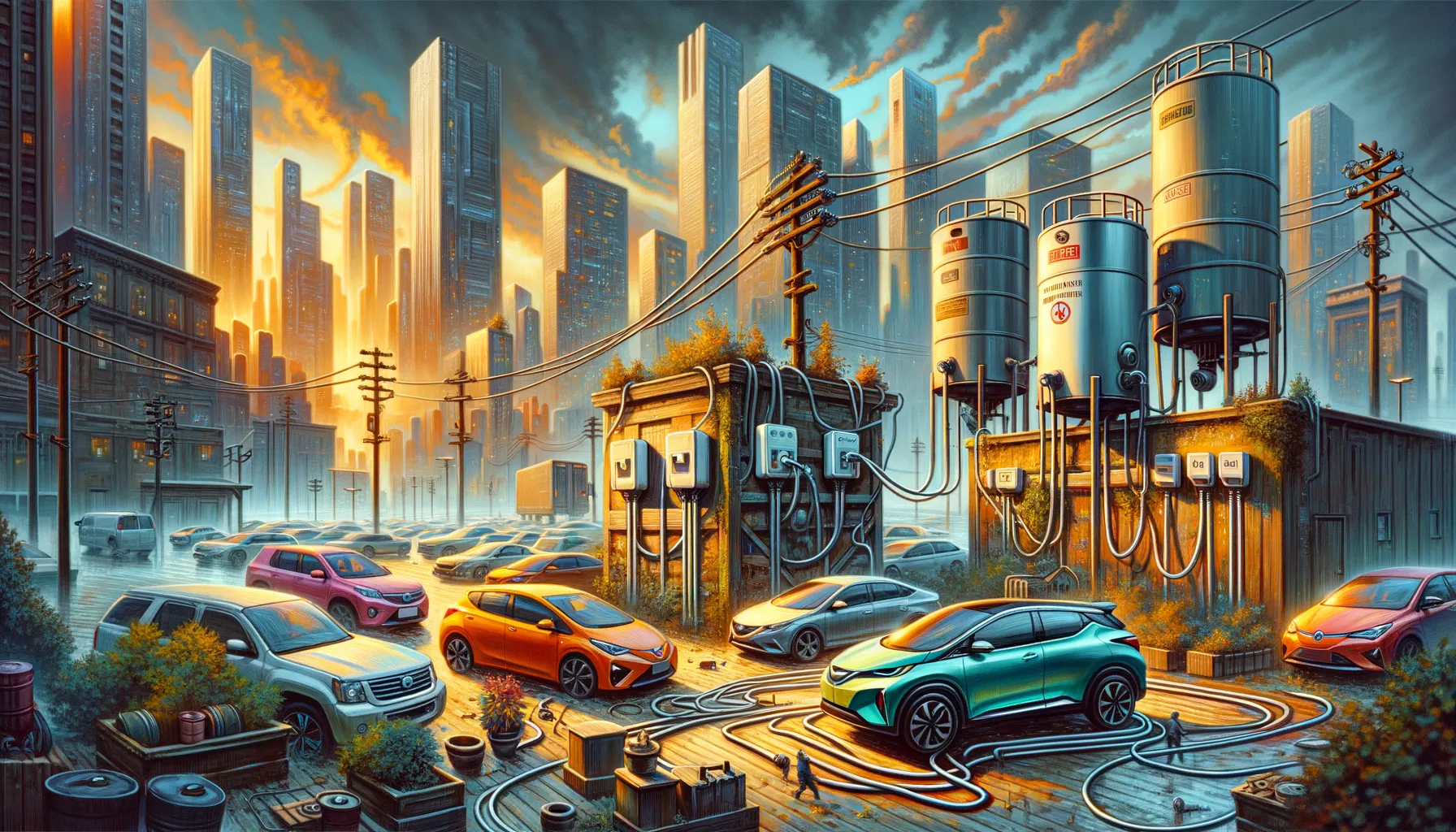
The other day, I was stuck in rush-hour traffic, idly watching rows of parked cars lining a sun-drenched city block. I caught myself wondering: What if these silent, unmoving cars and even the humdrum hot water tanks inside apartment buildings could do more than just sit idle—what if they actually powered the city? In 2025, that's not just a quirky daydream. New research out of Australia has brought an almost sci-fi idea squarely into real-life city planning: making every electric vehicle and household appliance part of the energy network. Cities, it turns out, may be sitting on a goldmine of unused battery power—literally on the streets and in our basements.
Powering Cities with Parked Cars and Hot Water: The Unseen Energy Goldmine
Imagine a city where every parked electric vehicle and every hot water tank in your neighborhood quietly supports the entire energy grid. This isn’t a distant dream—according to a groundbreaking study from the Australian National University (ANU), it’s a practical vision for urban energy management trends in 2025 and beyond. By leveraging distributed energy resources (DERs) like EVs and household appliances, cities can transform from energy consumers into flexible, sustainable energy storage hubs.
The ANU research sets a bold target: 46 kilowatt-hours of energy storage per city resident . To put that in perspective, it’s like each person having three or four Tesla Powerwall batteries at their disposal. But instead of relying solely on high-end batteries, this model taps into technology you already own—your car and your water heater. This approach to energy storage solutions doesn’t just upgrade urban infrastructure; it redefines it.
Distributed Energy Storage: More Than Just Fancy Batteries
Distributed Energy Storage (DES) is about using what’s already in your driveway and basement. Parked EVs, when plugged in, can act as massive batteries. Ordinary hot water tanks, which heat water during off-peak hours, can store thermal energy for later use. With smart charging and dynamic pricing , these everyday items become key players in urban energy management.
- ANU’s storage goal: 46 kWh per person (equal to 3-4 Tesla Powerwalls)
- 17 million EVs sold worldwide in 2024
- Transport and heating produced over 12 billion tons of greenhouse gases in 2019
What’s striking is that these strategies are not science fiction. Smart load shifting—timing when you charge your EV or heat your water—can already be managed by apps and utility programs. When you shift just half of this demand to off-peak times, research shows cities could cut peak electricity demand increases by half. This means less strain on the grid, fewer costly upgrades, and a smoother path for integrating renewables like rooftop solar.
Why Rooftop Solar Integration Gets Easier
One of the biggest challenges for rooftop solar integration is that solar panels generate the most energy during the day, while most people use the most electricity in the evening. By coordinating when EVs charge and when water heaters run, cities can store excess solar energy during the day and use it at night. This coordinated load shifting is crucial for making intermittent renewables work in urban environments.
In places like the Australian Capital Territory (ACT), these ideas are already being put into practice. The ACT has committed to 100% renewable electricity and net-zero emissions by 2045, using a mix of smart workplace charging, coordinated device control, and dynamic pricing. Urban “storage hotspots”—areas with lots of jobs and flexible energy use—are emerging as models for efficient, smart energy systems.
'Urban areas could become energy storage hotspots almost overnight with proper coordination.' — Dr. Emma Aisbett, Australian National University
Electric Vehicles: The New Urban Batteries
With over 17 million electric vehicles sold globally in 2024, the potential for electric vehicles energy storage is massive. When plugged in, these vehicles can absorb excess electricity when supply is high and return it to the grid when demand spikes. This is a game-changer for energy management trends and distributed energy resources.
But the benefits go beyond the grid. By reducing peak demand, cities can avoid the need for expensive infrastructure upgrades. If half of all EV charging and hot water heating is shifted to off-peak hours, the increase in peak demand could be halved. This makes evening use of rooftop solar more viable and helps cities move toward cleaner, more resilient energy systems.
Societal Implications and the Path Forward
Of course, these changes come with questions. How will cities ensure fair access to these new energy storage solutions? What about data privacy as more devices get connected? And how will economic impacts be managed, especially for households on tight budgets? As urban energy management evolves, these issues will need careful attention.
Still, the core message is clear: strategic deployment of distributed energy resources, combined with smart load management, can turn cities into energy storage powerhouses. As you look at your parked car or hot water tank, you might just be seeing the future backbone of urban energy.
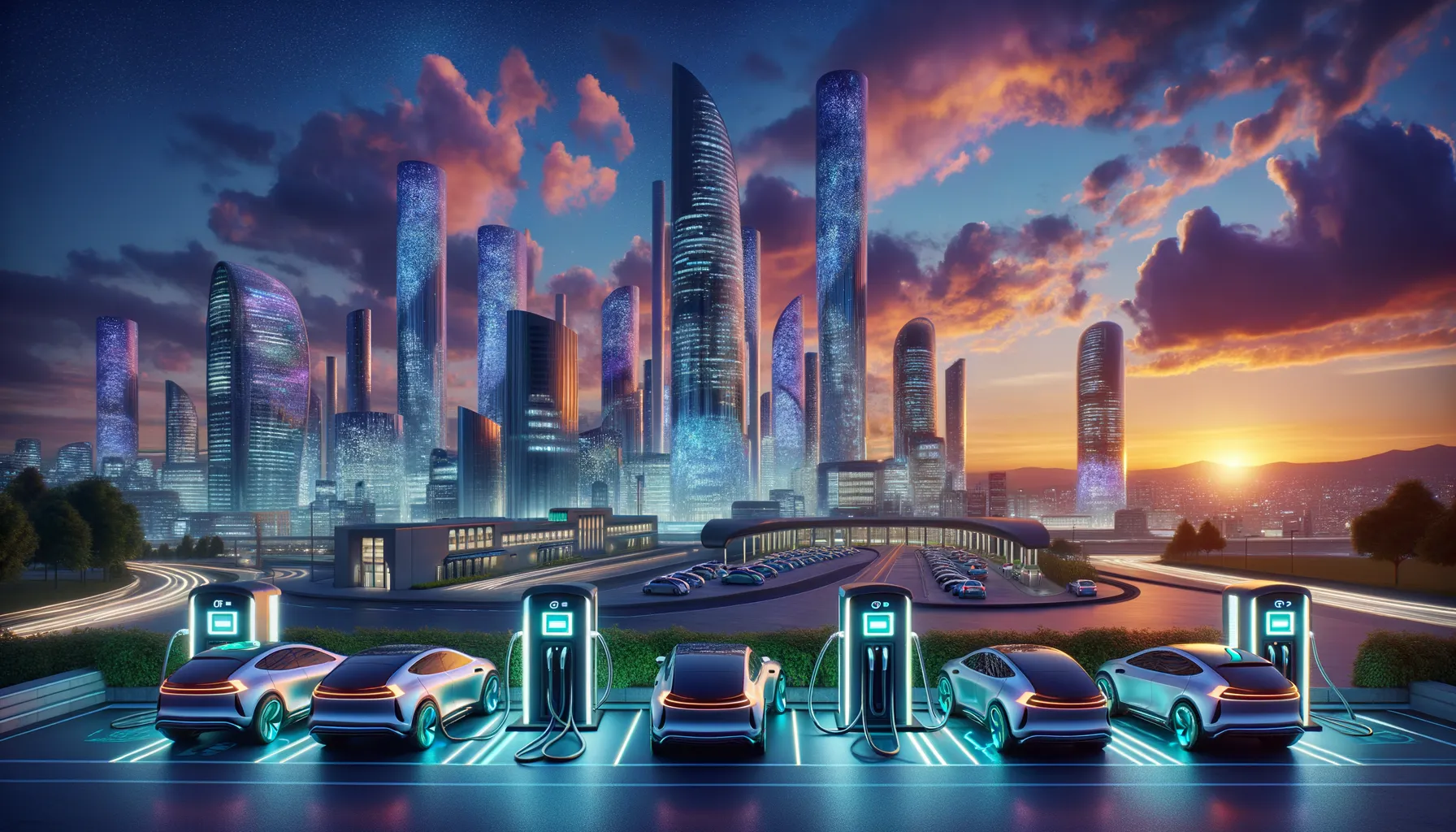
Flux, Fairness, and the Forgotten Household: Unpacking the Challenges
As cities move closer to becoming giant batteries, the conversation is shifting from pure technology to the real-world challenges of urban energy management . The promise is huge—imagine every parked electric vehicle (EV) and household hot water system acting as distributed energy storage, easing grid stress and making rooftop solar more practical. But as research from the Australian National University (ANU) and recent articles highlight, the road to sustainable urban development is not just about hardware and algorithms. It’s about people, privacy, and who gets to benefit.
Who Gets to Control the Energy—and Who Benefits?
The idea of cities as energy platforms brings up tough questions about fairness. If you have an EV or a smart appliance, you might save money through demand response programs and dynamic pricing. But what if you don’t? Not everyone can afford the latest tech, and not every household has access to rooftop solar or smart devices. This creates a real risk of leaving some residents behind as cities digitize their energy systems.
Reader comments on these developments often echo the same concern: is this really a level playing field? The economic implications of energy innovation are complicated. While dynamic pricing can lower bills for those who can shift their usage, it might also raise costs for households that can’t adapt. Research shows that unless policy keeps up, smart programs could create winners and losers—deepening existing inequalities.
Data Privacy: The New Front Line in Urban Energy
As cities go "smart," data privacy urban energy issues are moving front and center. Smart meters, connected appliances, and digital platforms collect vast amounts of personal data—when you’re home, how you use energy, even when you shower or charge your car. This data is valuable for optimizing urban energy management , but it also raises red flags. Who owns this information? How is it protected? And what happens if there’s a system failure or a data breach?
Even tech optimists are pausing to ask about data security and individual rights. As Professor Laura Jones from the Urban Energy Ethics Lab puts it:
"We cannot ignore issues of fairness and privacy in our rush to smarter cities."
It’s not just a theoretical worry. With AI-driven energy intelligence shifting from analysis to real-time action, the potential for misuse or accidental exposure of sensitive data is growing. Residents want to know: will my data be used to help me, or to help someone else profit?
System Accessibility: The Digital Divide in Energy
The accessibility gap is another sticking point. Not everyone owns an EV, a Tesla Powerwall, or a smart water heater. Some households rent, some live in older buildings, and some simply can’t afford upgrades. As a result, the benefits of distributed energy storage and smart grid participation aren’t spread evenly.
In places like the ACT, where the goal is 100% renewable electricity and net-zero emissions by 2045, the challenge is to make sure no one is left out. Urban "storage hotspots"—areas with lots of flexible demand and smart infrastructure—show what’s possible. But they also highlight the risk: if only certain neighborhoods or income groups can participate, the promise of sustainable urban development falls short.
Economic Implications: Winners, Losers, and the Need for Policy
The economic implications energy transition are significant. On one hand, coordinated device control and dynamic pricing can reduce peak demand, lower infrastructure costs, and make better use of renewable energy. On the other, they can also create new costs for those unable to participate, or for those caught off-guard by sudden price spikes.
Studies indicate that demand response programs and time-varying rates deliver energy savings and grid capacity, but only if households have the tools and knowledge to respond. Without careful design and regulation, there’s a risk of user exploitation or system failures that hit the most vulnerable hardest.
In the Comments: Trust, Choice, and the Human Factor
Reader feedback on these changes is telling. Many support the vision of cleaner, smarter cities. But there’s skepticism about who’s really in control. Concerns about equitable energy distribution, data protection, and the potential for system failures are common. Some worry about losing the ability to choose when and how they use energy—especially if the city or a utility starts running their appliances remotely.
As cities race toward the future, the challenge isn’t just technical. It’s about building trust, ensuring fairness, and making sure the benefits of the urban energy revolution reach every household—not just the most connected or affluent.

Urban Hotspots, Workplace Charging, and the Social Side of Energy Programs
When you picture the future of urban infrastructure, it’s easy to imagine rows of solar panels and fleets of electric vehicles (EVs) quietly charging in underground garages. But the real transformation is happening in places you might not expect—busy office districts, bustling commercial zones, and neighborhoods where people work, live, and move throughout the day. These “storage hotspots,” as highlighted in recent research from the Australian National University (ANU), are quickly becoming the backbone of tomorrow’s smart cities.
Why do these hotspots matter? It comes down to the unique flexibility they offer. In areas with dense employment and high energy use, coordinated EV charging and smart device control aren’t just possible—they’re practical and impactful. By shifting when and how energy is used, these zones can help cities avoid the costly upgrades that would otherwise be needed to handle rising energy demand. In fact, studies indicate that without smarter management, electrification could push peak demand up by more than 30%. But with strategic load balancing systems and digital scheduling, that increase can be cut in half, easing pressure on the grid and making better use of renewable resources like rooftop solar.
This isn’t just theory. The ACT (Australian Capital Territory) is already showing what’s possible, using a mix of virtual power plants, demand response programs, and time-varying rates to move toward 100% renewable electricity and net-zero emissions. Globally, the trend is clear: over 1,000 gigawatts of heat pumps were deployed by 2021, and more than 17 million electric cars hit the roads in 2024. These numbers reflect a major energy efficiency shift, one that’s reshaping how cities approach sustainability and resilience.
At the heart of this shift are digital platforms that connect devices, people, and energy markets in real time. These platforms are the engines behind virtual power plants, orchestrating everything from EV charging to hot water heating so that energy flows where it’s needed most. But there’s a catch. The success of these systems depends not just on technology, but on trust. As Sarah Tan, a Smart Cities Strategist, puts it:
‘Energy programs only succeed when residents trust and actively participate in shaping the system.’
That means urban planners and energy providers have a new challenge—making sure people feel like partners, not test subjects. Social engagement and transparency are just as important as the latest AI-driven controls or IoT-enabled sensors. If residents worry about data privacy, fairness, or losing control over their own devices, even the smartest system can fall short. It’s a delicate balance: cities need to optimize for efficiency, but they also need to respect individual choice and community values.
Workplace charging is a prime example. In a well-designed system, employees can plug in their EVs at work, knowing that their cars will charge when electricity is cheapest and cleanest. At the same time, the grid benefits from having thousands of batteries available to absorb excess solar power or release stored energy during evening peaks. This kind of coordinated load management doesn’t just reduce emissions—it makes the entire urban infrastructure more resilient.
You might even see cities take this a step further, turning energy management into a kind of friendly competition. Imagine districts competing in “energy storage games”—which neighborhood can support more rooftop solar at sunset, or shift more hot water heating to off-peak hours? These playful approaches could help build the social trust and engagement needed for long-term success.
Of course, there are still challenges ahead. Economic impacts, system accessibility, and data protection all need careful attention. But the direction is clear: urban “storage hotspots” are strategic opportunities for cities aiming to lead the energy revolution. By embracing smart charging, load balancing systems, and digital demand response programs, you can help shape a future where cities aren’t just energy consumers—they’re active, flexible, and resilient energy providers.
In the end, the question isn’t whether cities can become giant batteries. It’s how quickly—and how fairly—they can make the leap.
TL;DR: In short: Parked EVs and home hot water systems could turn cities into gigantic batteries, dramatically improving grid stability, clean energy integration, and sustainability—so long as questions about fairness, privacy, and practical adoption are thoughtfully addressed.
